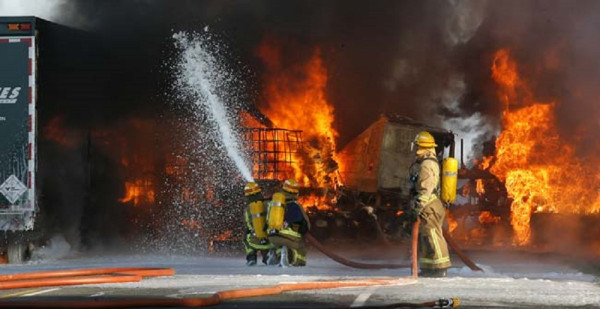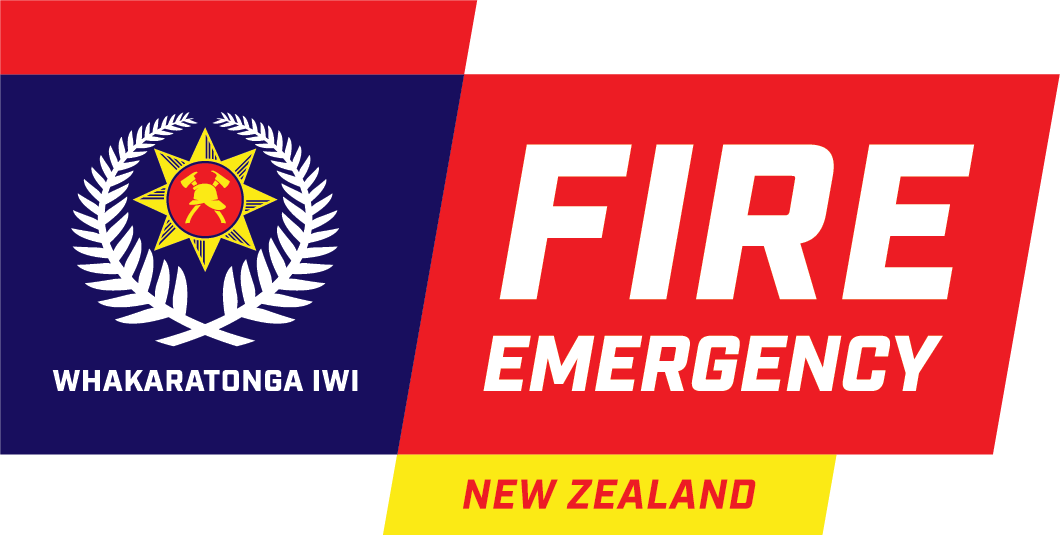Near miss reporting: Working in and around fire and explosive materials

Firstly - what is a near miss?
For Fire and Emergency, a near miss is an unplanned event which offers an opportunity to improve how we protect our people and the public. This may include:
- Any event which may have resulted in harm
- Any event resulting in equipment/fleet/property damage
The Importance of reporting near miss incidents
Reporting a near miss can save a life!
One way of reducing the number of incidents and accidents is by increasing near miss reporting through Safe@Work.
Recording near miss incidents allows us to look for trends and to improve our processes and procedures. This helps minimise or eliminate incidents reoccurring, which keeps our people safer.
This quarter, we are taking the opportunity to identify what we can learn from previous near miss reports to increase awareness and safety measures when working around fire and explosive materials.
Working in and around fire and explosive materials
Example:
- A near miss incident was recorded by the first arriving crew at an incident in a commercial building where a smoke detector in a plant room went off and the high ventilation air conditioning (HVAC) system exploded, ejecting debris across the room.
Lessons identified
- Situations can change very rapidly, and procedures are in place to manage the dynamic risks.
- Always follow your training and standard operating procedures, no matter how routine or familiar a response appears to be.
- At all times remember to apply the Safe Person Concept and Dynamic Risk Assessments. Review these regularly and incorporate them into all your drill and exercise scenarios.
- Use our organisational values and behaviours to inform decisions. We do the right thing – Kia Tika. We strive to improve – Auahatanga. Learn from previous incidents through continuous improvement.
What you can do
Working in and around fire and explosive materials has its own set of risks to your health and safety. The hazard and risk assessment process reminds Fire and Emergency to revisit policies and ensure procedures are still relevant and fit for purpose; an important part of this is for our people to always report any near misses.
Lessons can be identified if near misses are communicated and reported more frequently, which can improve existing procedures, ultimately protecting our people, and resulting in increased safety and fewer injuries.
Remember:
- We all have a responsibility to look after our own, and our colleagues’ safety and health – if you see something, say something.
- Use the Safe Person Concept and Dynamic Risk Assessments.
- Proactively demonstrate our organisational values and code of behaviour.
- Comply with all guidance and training, for example LACES and the Pink Card - 10 Standard Firefighting Orders, and Dangerous Situations to Watch Out For.
To log any Safety, Health or Wellbeing incident, please access Safe@Work. If you need help on how to log an incident, refer to the ‘How to report workplace safety, health and wellbeing’ page, or contact your Regional Safety, Health and Wellbeing Advisor.
Resources:
Feederlines: Situational awareness
Feederlines: Operational withdrawal
